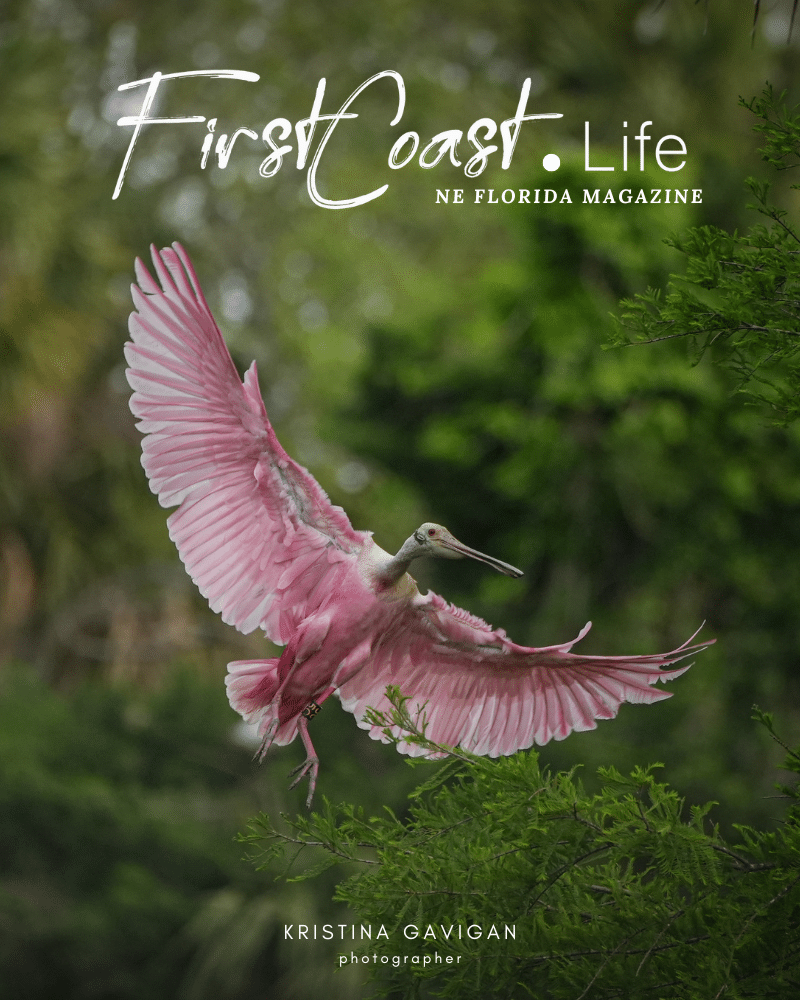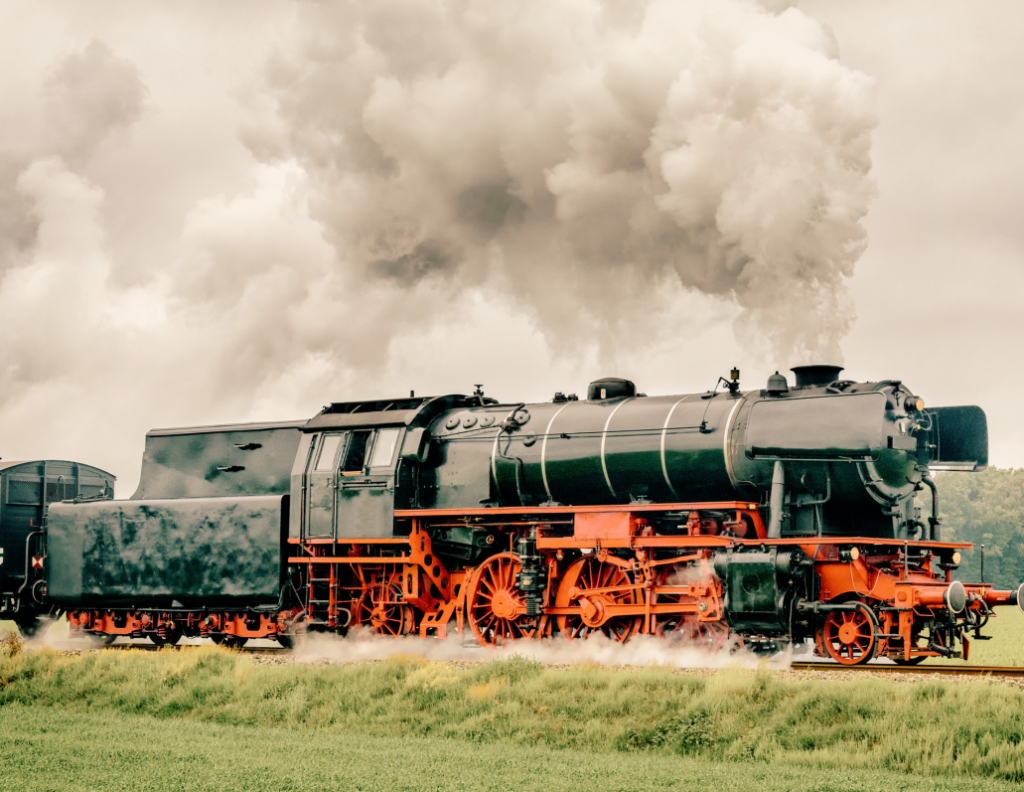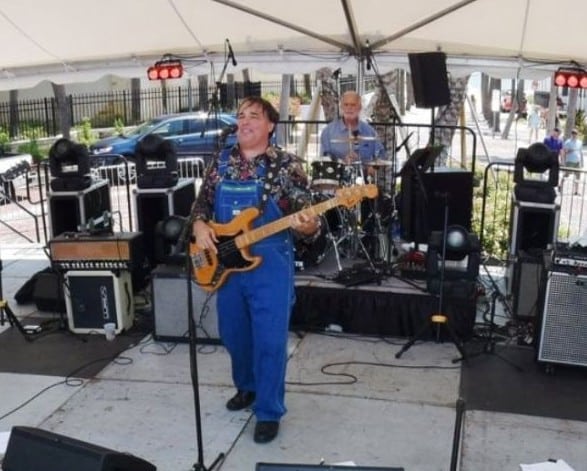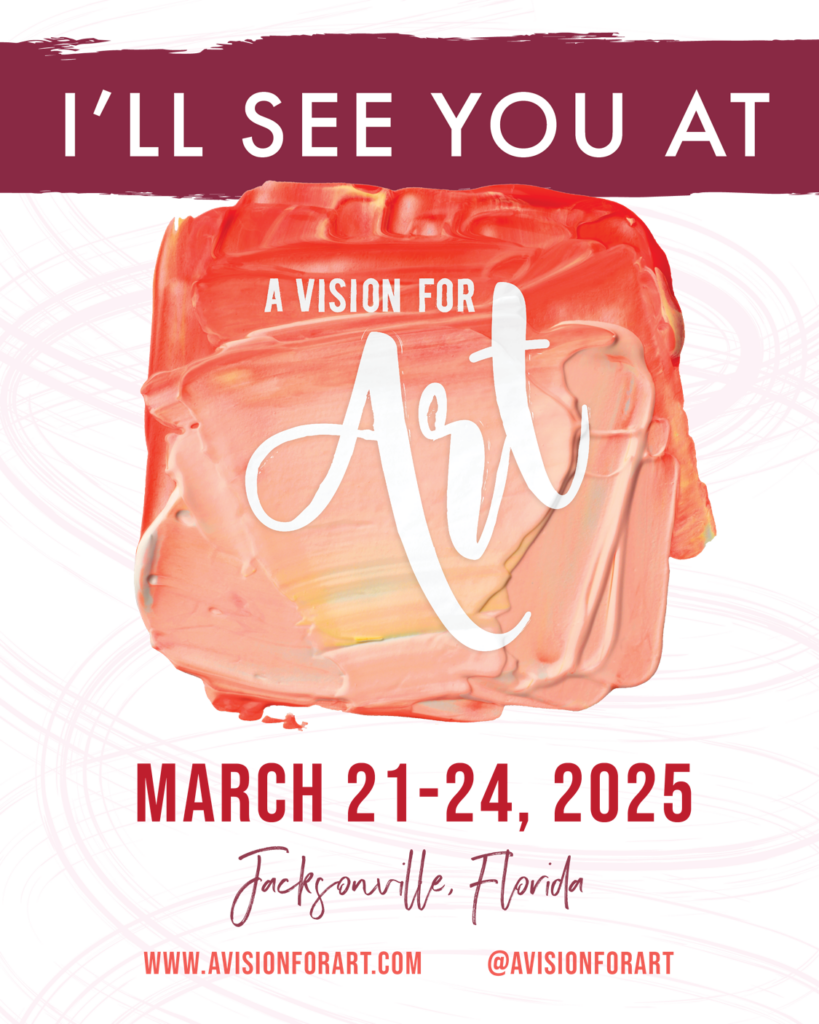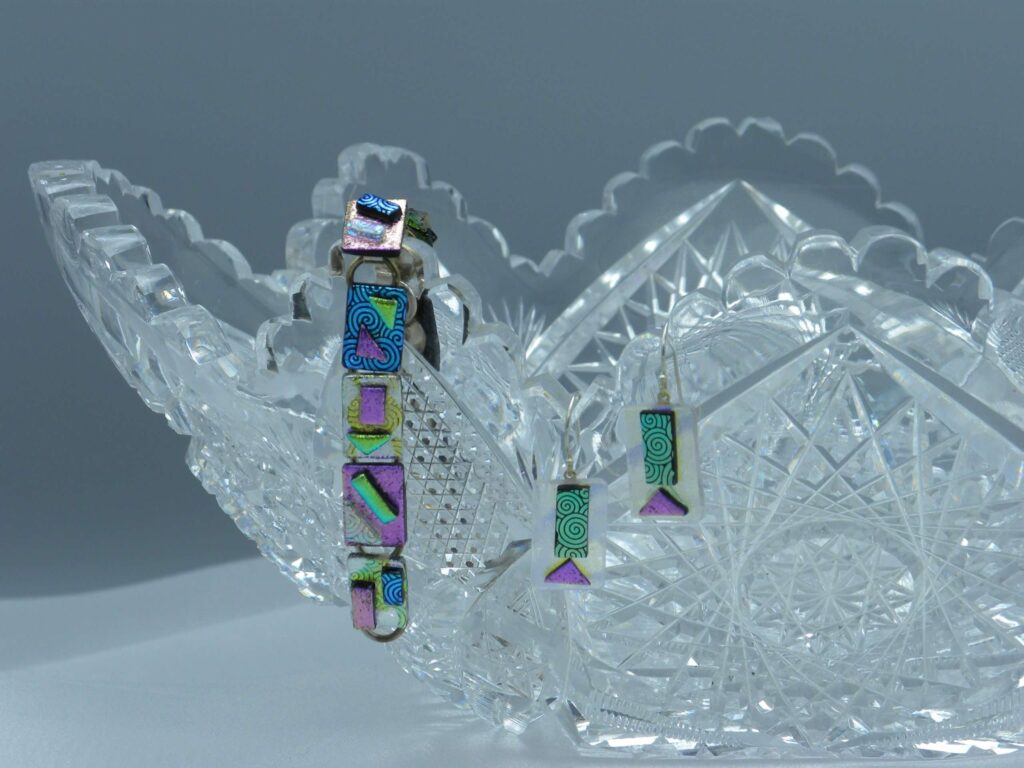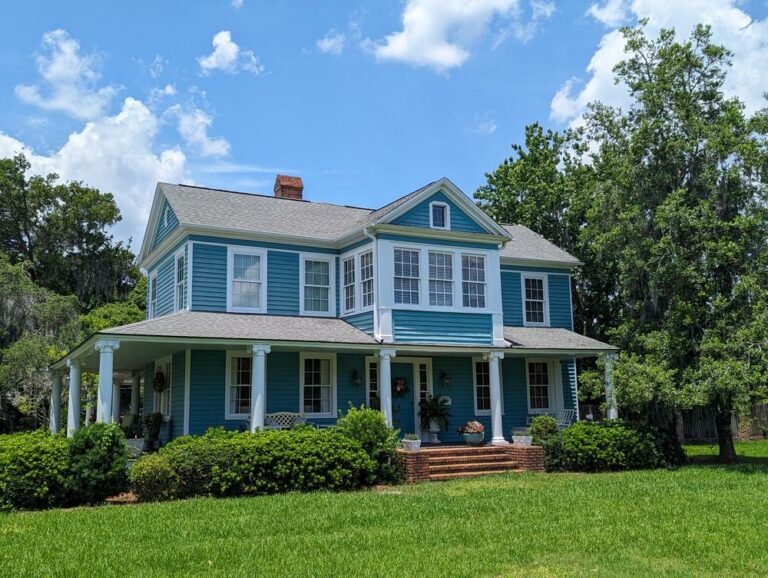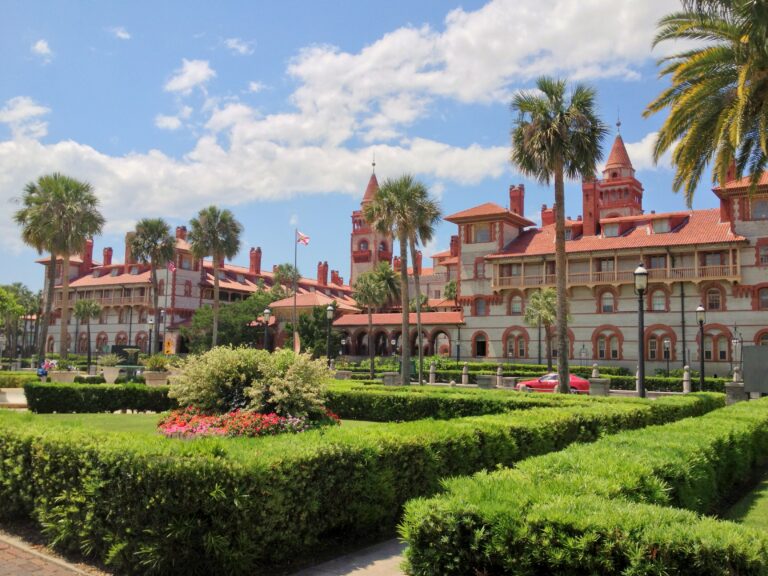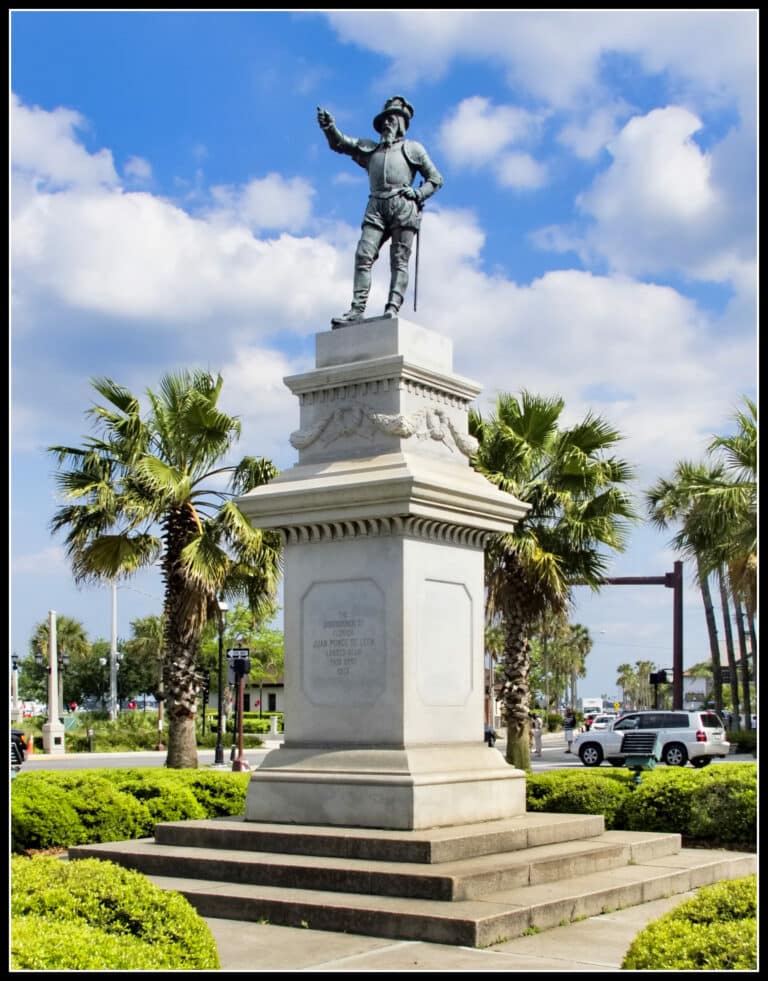Central Havana
If there were ever a place where time stood still, Cuba would be near the top of anyone’s list. While the distance between Jacksonville and Havana is only 500 miles, the stark reality is that we are separated by many decades.
A few years back, I had the opportunity to spend several weeks discovering Cuba, its people and its heritage with a local street photographer and his guide. We explored places, talked, and lived with locals discovering their mixture of European, Spanish and African cultures.
When I think of Cuba, the first thing that comes to mind are the American-made cars of the 1950s, affectionately referred to as Yank Tanks, left over from the 1960s revolution era. Habana is the hot spot for these beautiful pieces of art, but rest assured, the exterior of the car is where the authenticity begins and ends.
Like almost everything in Cuba, automobile parts are challenging to get, so fixing broken pieces has become a way of life. Acquiring and retrofitting skills are why so many Cubans rightly call themselves engineers. For example, I rode in Chevrolets retrofitted with Mitsubishi diesel engines and Peugeot transmissions. Stick shifts were sometimes removed from the steering column and redesigned to come through dashboards. Other cold-war era cars crowded the streets with smaller Soviet-built Moskovitz and Lada’s.
In Central Havana, Cubans are likely working on their cars both on the streets and inside their homes. I saw a few cars parked beside their couches and televisions in the living area because street parking is tight and limited. Most cars are used to make money as taxis for tourists; thus, they are an essential asset, so vehicles are passed down through the family.
As I mentioned earlier, the beauty of these cars stops at the exterior. Riding in them only adds to the Cuba experience. My first lesson learned was not to lean against the door as they tend to fly open without notice. I quickly looked around and found something to hold on to because it was going to be a bumpy ride, especially when the rear seat has multiple coil springs coming through the fabric. Lastly, be prepared to push the vehicle if it decides to stop running. Gosh, what fun!
Cars are not the only mode of transportation; scooters are commonplace, especially ones made in Eastern Europe. I happened upon this Jawa, an old Czechoslovakia model resting against a yellow wall of a small house. Above the window was a sign that read, “Renta Habitacion Mn X Horas Dias/Noches,” which really caught my eye. The rough translation was Rent Room by the minutes or hours, Days or Nights. I asked an adult family member I was staying with about the sign. He told me that many family members share small rooms in their homes because of the limited living conditions. So on “date night,” they will often visit these rentals.
I remember when I was working through my Cuba itinerary and deciding on what I wanted to concentrate my photography on, Yank Tanks were low on my list. Not because they weren’t superb or colorful but because there are so many Cuban car photos. I couldn’t have been more wrong about these manly beasts. Not only were they so retro, but some were so unique that they naturally drew my camera and eye toward them. Never underestimate the power of experiences. We often see photos and say, “oh, that’s overdone,” but in this case, experiencing the Yank Tanks using the sense of sight, sound, smell, and touch was just an amazing photography journey.
Cuba is a beautiful country to visit, especially for photographers of all skill levels. In the following article, we will explore its diverse culture, from miners to dancers and a lot in between.
- About the Author
- Latest Posts

